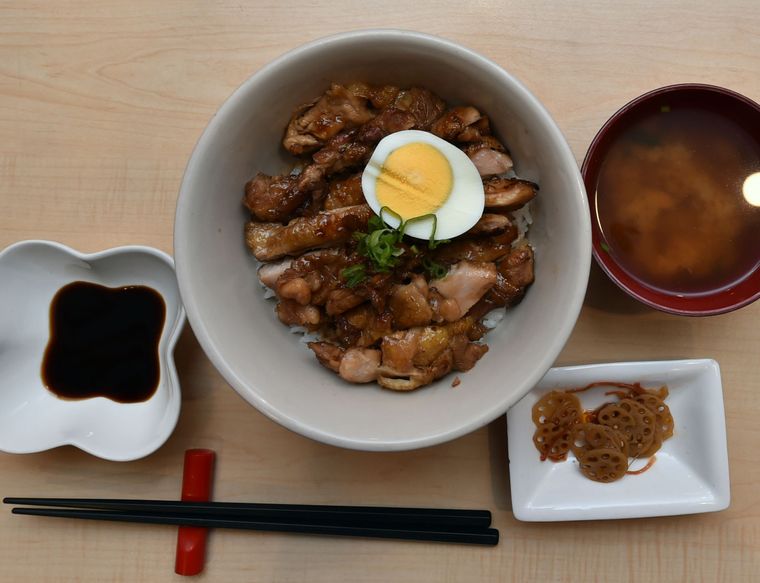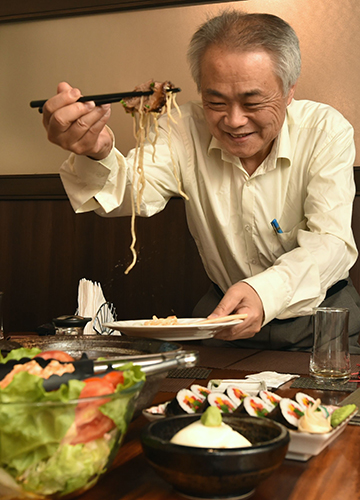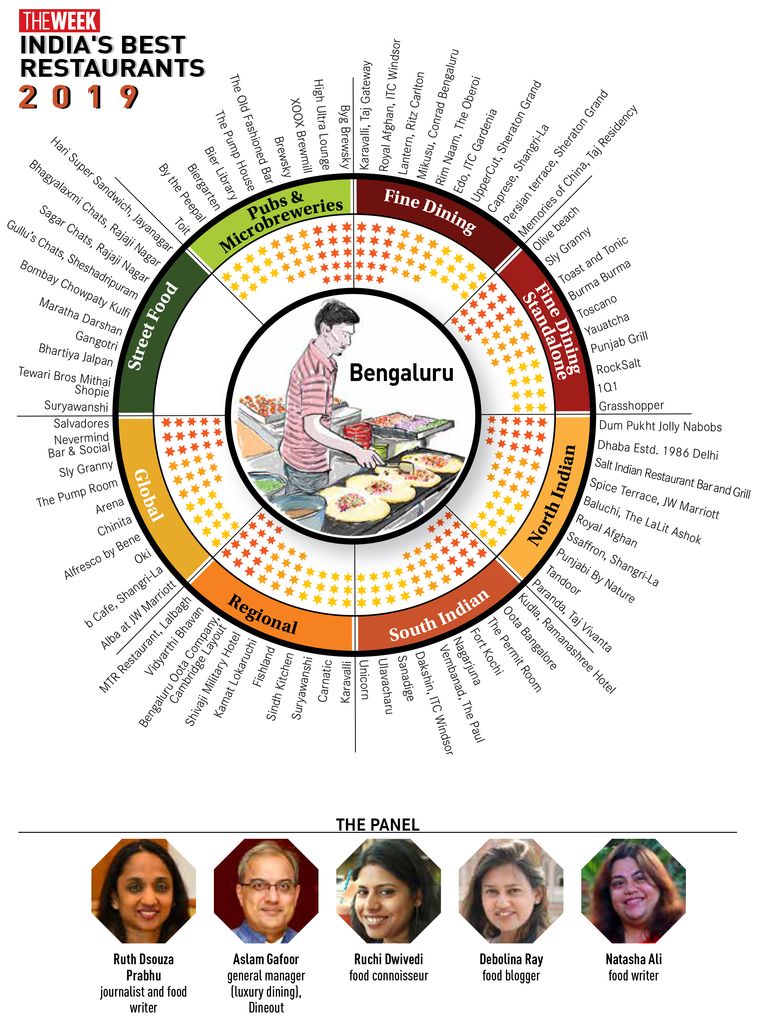Yukihiko Yamada, a Japanese citizen living and working in Gurugram, takes one look at the lively, appetising posters of a dish made of vinegared rice on the walls of a quaint little “Japanese” restaurant in South Point Mall, Gurugram, and he knows. “This is not Japanese sushi. This is fusion of Japanese and Korean style of cooking. We, the Japanese, do not use sesame oil for sushi. Koreans use it. And rice? We like it rather sticky. Koreans do not care too much about the stickiness of rice,” he declares slightly irritated, comically manifesting historical grudges between the neighbours.
But Yamada, who is working for a tax consultancy firm, does not seem to recall a time when he badly missed his gohan (rice), miso shiru (miso soup) and tsukemono (pickled vegetables) in Gurugram. He first came to India in 1999, and has been staying here on and off since then. His current stint has been the longest, almost six years. And concurrently, he has seen a number of Japanese restaurants mushroom around the business towers and sky-scraping condominiums of Millennium City. There are, at the very least, ten restaurants run by Japanese expats, dishing out menus far more edgy and authentic than the gleaming, fine-dining, “contemporary” variants in south and central Delhi.
This cluster of dining establishments is almost like a sub-culture running unbeknown, where 80 per cent of the patrons are Japanese immigrants. They have at least one native chef in their roster. “The Japanese do not want interiors. They want food,” says Anil Basotra, director of Daikichi Foods India Pvt Ltd. Writes a reviewer in Eazydiner: “From the strictly-no-fuss interiors to the everyday food-for-the-soul, there is little that is fancy about Daikichi. What you will get, however, is food cooked to precision, whether it be the cold appetisers, sushi, noodles or donburi.” Basotra adds that there is no way to have food customised to the local palate and the menu does not even have usual items like teppanyaki on it.
Basotra, who started Daikichi in 2010 as an izakaya-style (casual, after-work eatery and pub) restaurant at JMD Regent Arcade mall, Gurugram, with his Japanese partner Yukio Nishimagi, handpicks his chefs from Japan. Gracious to a fault, he speaks Japanese with a slight Punjabi inflection. A strict vegetarian, Basotra learnt Japanese after completing his degree in hotel management. He worked at the India Tourism Development Corporation for 20 years before sensing a business opportunity in catering to the rising presence of Japanese expatriates in Gurugram. Basotra first started a tofu factory with another Japanese partner. “We had to shut it in a few years owing to disagreements,” says Basotra. “It is not easy to work with the Japanese.” When his chef is out of earshot, Basotra shares his worry: “I am always scared of my chefs getting poached by our rivals.”
Japan-India relations have been on the upswing in the last decade and a half. Japanese investments surged in the last five years in different sectors like manufacturing and infrastructure, retail, textile, consumer durables, food and beverages, and banking. The industrial parks in Neemrana in Rajasthan, Jhajjar in Haryana, and the integrated industrial township in Greater Noida house a number of Japanese firms.
Neemrana, a three-hour drive from New Delhi, has a 1,100-acre industrial complex exclusively for Japanese majors like Toyota, Daikin and Hitachi, employing thousands of people. For Japanese executives living in the Neemrana industrial estate, there are plenty of recreational options including karaoke lounges, hotels with Japanese TV channels and magazines, old-school pine-wood baths and restaurants serving the real deal. In fact, many Japanese restaurants in Gurugram opened their first outlet in Neemrana, before branching out.
But life in the Neemrana industrial park is still not full and vibrant, compared with the socially and culturally active environs of Gurugram. Hence, a sizeable chunk of Japanese expats have made the satellite city their home, trailing along an ecosystem of specialised convenience stores and grocery shops, language schools and social clubs. And, names like Manami, Daikichi, Ebisu, Raifu Tei-Dia Park, Kuuraku, Izu, Ichizen and Komachi are making sure there are no homesick foodies deprived of genuine Japanese flavours.
At Manami, owner Ryuji Tomiyama rings a bell from an alcove hidden in a corner of his restaurant, and out comes shoyu tonkotsu ramen. “This is the best ramen in all of Gurugram,” he assures. “The pork-based soup has a secret recipe. We boil everything, all the parts, even the bones, for eight to ten hours. This ramen cannot be replicated anywhere.” Other specialties in his restaurant include tempura soba, futomaki, Manami’s special in-house tofu, ika ring (deep fried squid) and a fried version of horse mackerel. Yamada has been a regular at Manami. When he soft-lands into his bowl of tonkotsu, he goes into a long, meditative silence. Yamada seems to be floating in space, in a faraway land.






